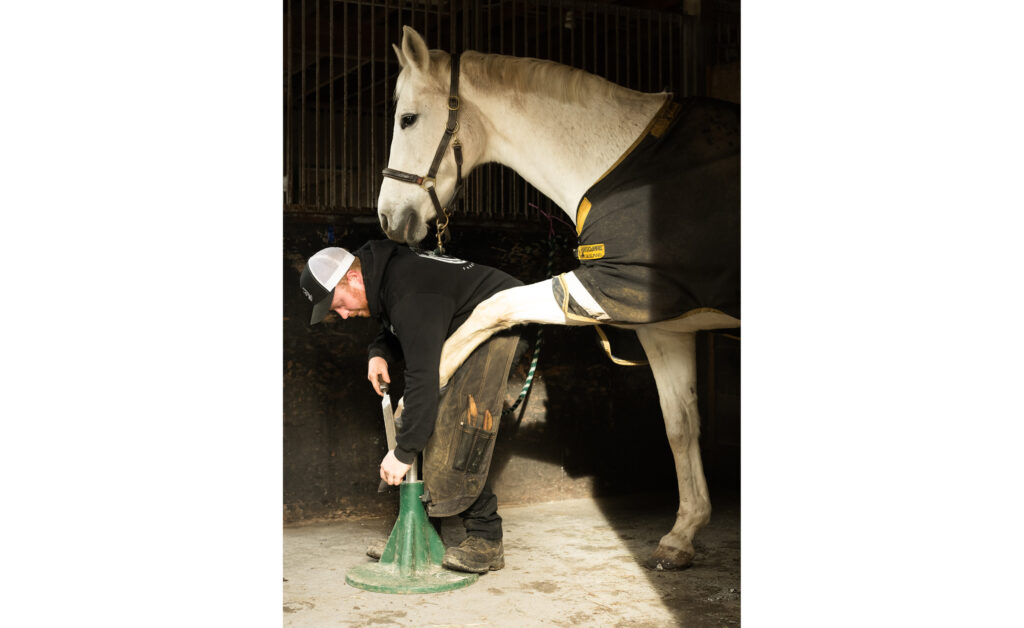Words Jacqueline Nicoll, K & Co. Marketing
Pet food labels can be a maze. Between catchy phrases like “protein-packed” and “whole grain,” it’s easy to get swept up in marketing jargon while shopping for your furry friend’s dinner.
But there’s one ingredient that sneaks in under the radar more often than we’d like to admit: corn. The truth? It’s not doing your pet any favours. Corn is not only a filler with little nutritional value, but its high glycemic index can contribute to blood sugar spikes, weight gain, and even allergic reactions. And if that’s not bad enough, the rise in pet food allergies over the past few years may just be connected to this grain-heavy diet. Let’s break down why your pet’s food should be more than just “corn-free” and what you should look for instead.
Let’s be real – corn is everywhere. It’s in your pet’s kibble, treats and even some wet foods. But just because it’s common doesn’t mean it’s good. Corn is often used as a filler because it’s cheap and easy to grow. Unfortunately, it’s also a poor source of quality nutrition for your pet and is a major culprit in food allergies. It’s not a nutrient-rich option for your pet’s body, and while it may give the appearance of keeping food costs down, corn can prevent your pet from getting the right balance of nutrients and ultimately cost more in vet bills in the long run.
Here’s where things get interesting: corn has a high glycemic index (GI), meaning it breaks down quickly into sugar in the bloodstream. This can lead to blood sugar spikes and even insulin resistance over time. For pets, particularly dogs, this can contribute to weight issues and long-term health problems like diabetes. A poor diet that’s high in corn and fillers means your pet’s body is working overtime to process carbohydrates it doesn’t need. The result? A furry friend who might be a little less active and a lot more sluggish – just the opposite of what you want when you’re trying to keep your pet healthy and active.
When shopping for pet food, seeing “protein” as the first ingredient sounds great, right? Not so fast. The real question isn’t whether there’s protein, but what kind of protein. Far too often, what’s marketed as “protein” is actually low-quality meat by-products or animal meal, things that don’t offer your pet the high-quality, digestible protein they need. Instead, opt for a food where the first ingredient is a named meat like chicken, turkey or salmon. These are not only easier for your pet to digest, but they also provide amino acids that support muscle development, skin health and overall vitality.
Next time you’re picking out pet food, check the label: meat should always come first, not some vague promise of “protein.” If you care about your pet’s health (and really, who doesn’t?), choose foods with high-quality, named protein sources as the primary ingredient. After all, your pet’s meal should fuel them with the best – no fillers, no mysteries, just wholesome ingredients that keep them wagging their tail for years to come.




